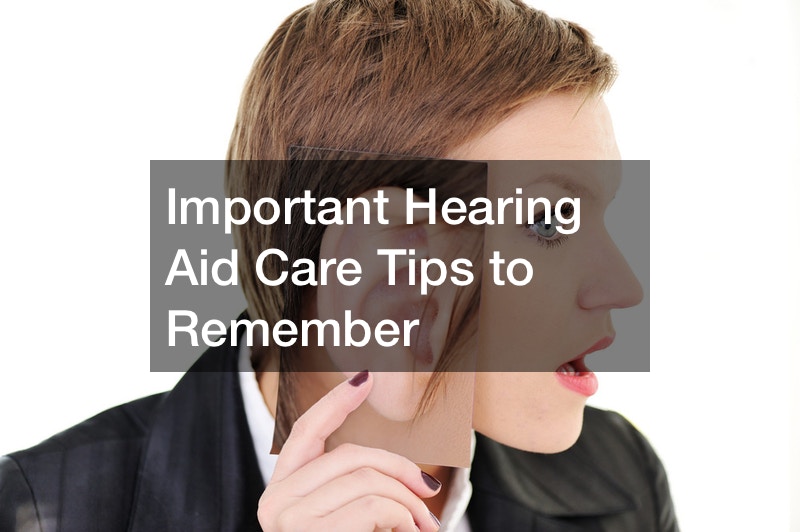

Life with a hearing problem of any kind can be difficult to adjust to — in fact, it can be hard to handle even if you’ve been dealing with it your entire life. Unfortunately, the world right now caters to people with perfect hearing more than it does people with hearing issues. It’s easy to feel stigmatized, and for that matter to feel as if you’re alone. It’s important to know that you’re not alone, and that there are many people just like you — and people who are willing to help. The important thing is that, if you do have a degree of hearing, to safeguard it with hearing protection devices. At the same time, you need to be able to adjust to living with your level of hearing, and being as independent as possible with those limitations. There are many different types of hearing problems that people can deal with, and for that matter each of these problems has different solutions. Not all people want the help of listening devices — but everyone should have the option of assistive listening devices if they want. Let’s look into the different degrees of hearing loss, and how certain aids can help those experiencing it.
Hearing Loss: More Widespread Than You’d Think
Again, it’s understandable why you would feel alone if you’re dealing with hearing loss. But this couldn’t be further from the truth — and the more people are aware of the widespread nature of hearing loss, the more diligent they’ll be about encouraging hearing protection. It’s believed that two to three out of every 1,000 children born in the United States suffer from some level of hearing loss in one or both ears. The reasons behind this hearing loss are not always clear. Many assume that hearing loss is genetic, and that children with hearing loss are born of parents with hearing loss. In fact, 90% of children with hearing loss having hearing parents. It’s estimated that 15% of adults 18 or older have some amount of hearing loss. Indeed, one in eight people have hearing loss in both ears, though the amount of hearing loss varies. Many people with hearing loss do not have total hearing loss. In some cases, people with hearing loss experience progressive hearing loss — that is, it gets worse over a period of time. Sometimes, progressive hearing loss can’t be slowed or stopped. In other cases, hearing protection can slow or stop the process.
Different Types Of Hearing Loss, Different Types Of Hearing Protection
Some levels of hearing loss don’t even seem to be manifestations of hearing loss at first. In fact, sometimes ringing ears are the beginning signs of more serious hearing loss Other times, ringing ears — otherwise known as tinnitus — do not progress to more serious levels of hearing loss. But they’re irritating and obstructive all the same, and as such there are aids made for them. Hearing aids can be specifically made for tinnitus, and in fact custom hearing protection can be made for almost any level of hearing loss. Whether you suffer from tinnitus or another type of hearing loss, it’s important that you speak with a hearing consultant about your options. In some cases, internal hearing aids could be the answer — and in others, external hearing aids could be the right option. Sometimes, people find that surgical intervention is a possibility, though results in these cases can vary. What’s important to understand is that you don’t have to treat hearing loss as a trial. You can live an extremely full life with hearing loss, and it doesn’t have to stop you from moving forward with your life. All you need is a good support system and the right hearing protection devices. In some cases, you might also want to ask people about learning sign language and lip reading. They can make a major difference in your life.



